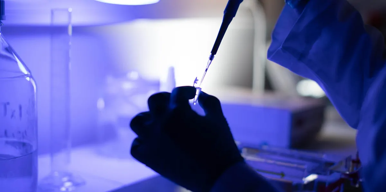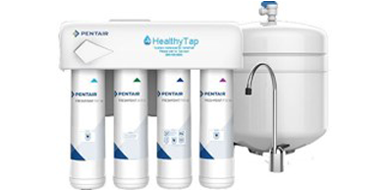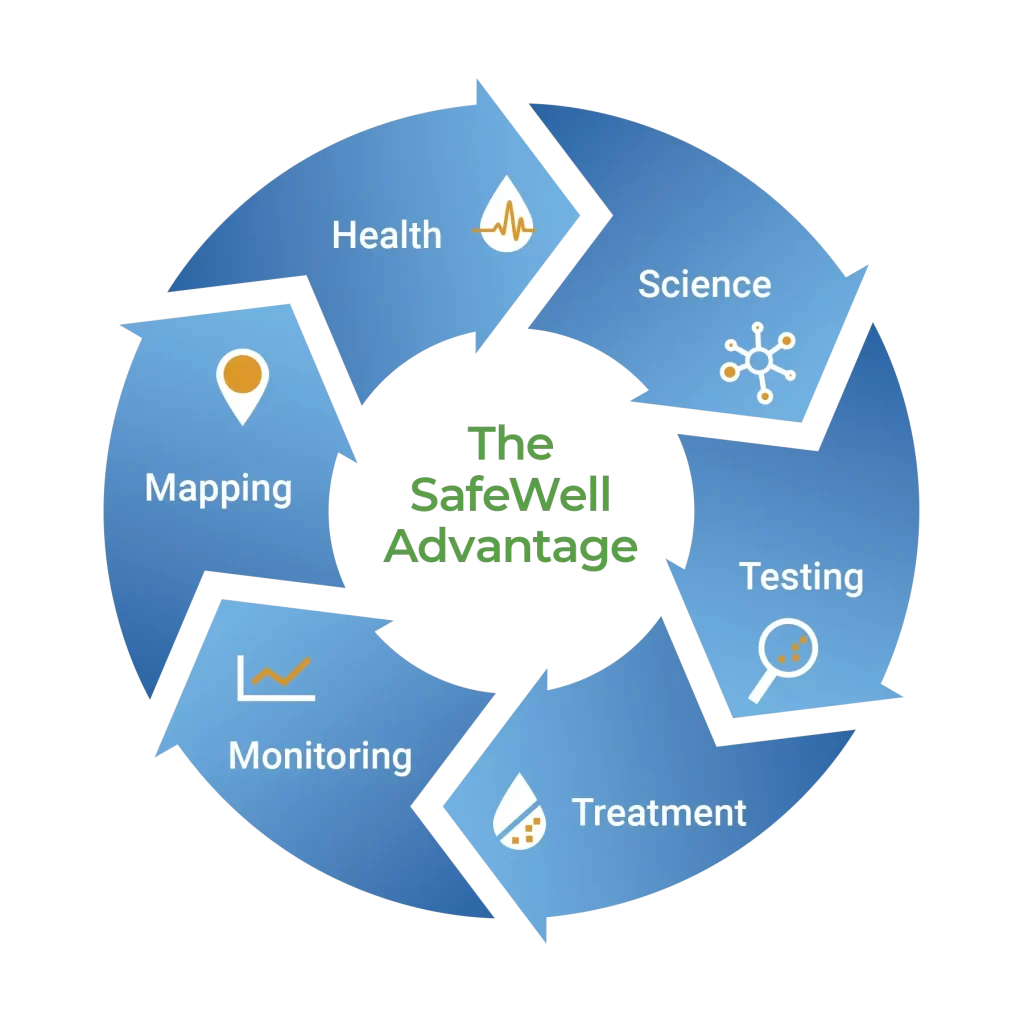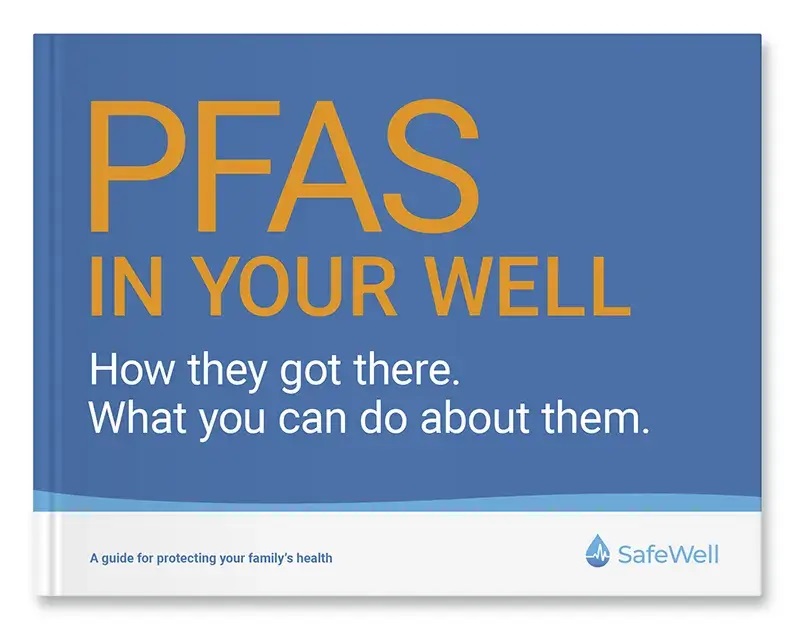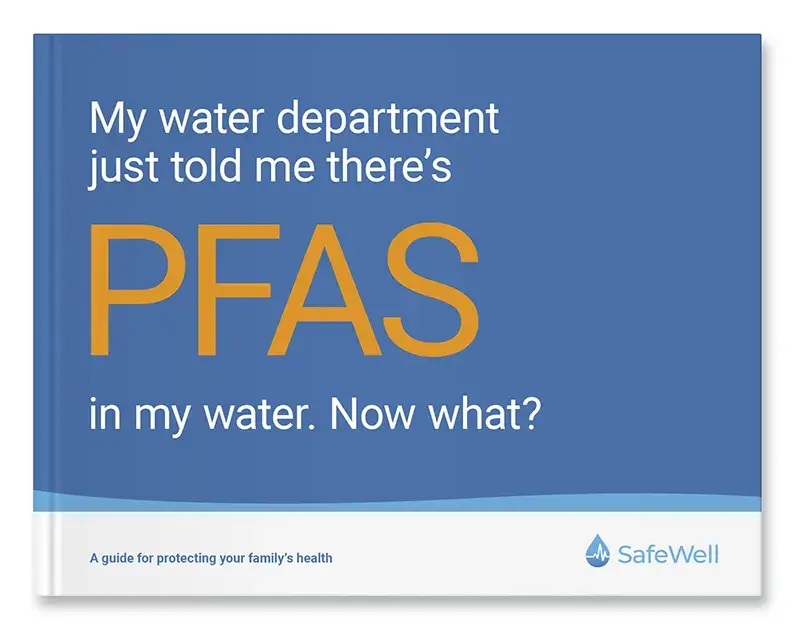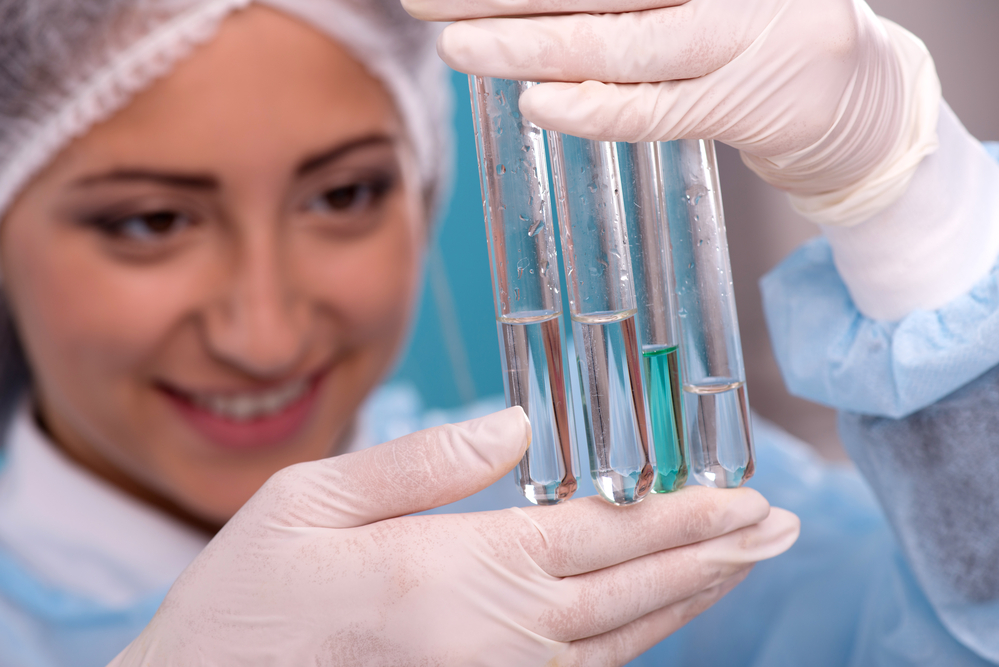
Safewell has been leading many efforts in the fight to identify and remove PFAS contaminants from drinking water in both private wells and city water. We have scientists on staff the latest EPA limits for PFAS contamination and we are working hand-in-hand with testing solutions. Our PFAS Solutions Team is well-versed on the latest PFAS removal technologies for both residential and environmental and cleanup applications.
If you are concerned about PFAS, give us a call and we can set you on a path of PFAS free drinking water.

